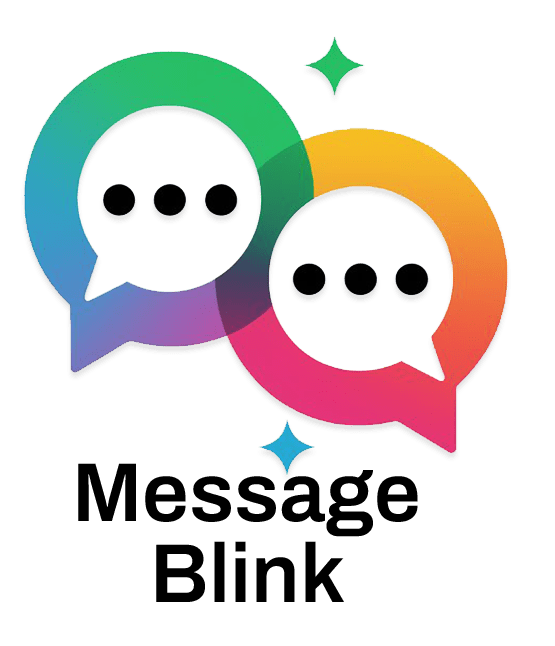Delivering healthcare communications via SMS, WhatsApp, and other messaging channels now demands strict compliance, technical precision, and patient-centric consent processes. Salesforce Health Cloud, extended by native apps like Message Blink, gives healthcare organizations the tools to manage secure messaging, appointment reminders, and patient engagement- while aligning with HIPAA and consent requirements. With the right setup, providers can communicate confidently and protect patient privacy.
This guide explains how to use Salesforce for messaging while complying with HIPAA and obtaining patient consent.
HIPAA & Consent Requirements for Messaging
What Does HIPAA Compliance Require for Messaging in Salesforce?
HIPAA sets rules for protecting protected health information (PHI), which includes patient names, medical details, or any identifiable data. When using Salesforce for messaging, organizations must ensure data is secure at rest and in transit.
- Salesforce offers features like encryption and access controls that support HIPAA when configured correctly.
- A Business Associate Agreement (BAA) with Salesforce is necessary if PHI is involved, covering specific services like Health Cloud.
- Messaging must limit PHI to what’s needed, and transmissions require encryption to prevent breaches.
Without these, sending a simple appointment reminder could violate rules if it includes identifiable details without safeguards.
Key Steps to Achieve HIPAA Compliance in Salesforce Messaging
To comply, follow these configuration and process steps:
- Sign a BAA with Salesforce for covered services, which outlines shared responsibilities for data protection.
- Enable Shield Platform Encryption in Salesforce to secure fields containing PHI.
- Use secure channels for messaging, such as integrated apps that encrypt SMS end-to-end.
- Conduct regular audits using Salesforce Event Log Files to track access and changes to PHI.
- Train staff on HIPAA rules, including limiting message content to non-sensitive information unless encrypted.
These measures address common risks, like unencrypted emails or texts, which top compliance resources identify as frequent issues.
Managing Patient Consent for Messaging in Healthcare
Patient consent is required before sharing PHI via messaging. Under HIPAA’s Privacy Rule, patients must agree to how their data is used or disclosed.
- Obtain written or electronic consent specifically for messaging, documenting preferences for SMS or email.
-
Double opt-in and double opt-out for granular consent management
-
Messaging history and consent status tracked within Health Cloud or related objects.
- Use Salesforce Health Cloud’s consent management tools to track permissions at the individual level.
- Include opt-in/opt-out options in every message, such as “Reply STOP to unsubscribe.”
- Update consent records in real-time within Salesforce to reflect changes, ensuring no unauthorized sends.
For example, before sending an SMS reminder, verify consent in the patient’s CRM profile to avoid violations.
Quick Tip: Every healthcare SMS or WhatsApp message should include opt-out language and a link or instruction for patients to revoke consent.
How Salesforce + Message Blink Supports Compliance?
HIPAA Safeguards with Salesforce & Message Blink
Message Blink, built by Ex- Salesforce ISV Partner Account Manager, is 100% native to Salesforce, enhances healthcare messaging by:
-
Restricting message content to non-sensitive appointment details.
-
Managing patient consent records, opt-in/opt-out status, and audit trails in Salesforce objects.
-
Encrypting all communications and storing PHI only in compliant cloud infrastructure.
-
Supporting WhatsApp messaging with template workflows that meet healthcare regulation standards.
-
Providing admins with dashboards for consent status, opt-out events, and audit reporting.
Technical Steps to Set Up HIPAA-Safe Messaging
-
Enable role-based access to messaging features and restrict PHI in templates.
-
Use Message Blink’s compliance-ready templates for appointment reminders, refills, and bill notifications.
-
Integrate Salesforce Health Cloud objects with EHR data sources while maintaining regulatory boundaries.
-
Set up automated patient consent reminders, renewal requests, and revocation processes.
-
Perform regular audits using Salesforce’s built-in logs and Message Blink’s reporting dashboards.
Healthcare Messaging Use Cases with Message Blink
-
Appointment Reminders: Automated SMS and WhatsApp reminders with opt-out support.
-
Medication Alerts: Timely refill notifications using non-sensitive content only.
-
Patient Surveys: Send consent-driven health or satisfaction surveys via Salesforce messaging.
-
Care Instructions: Broadcast post-visit instructions, lab result notifications, and health education within privacy limits.
-
Billing & Payment Notices: Secure billing reminders and payment confirmations tied to consent status.
Message Blink also ensures every use case includes the right opt-in/opt-out flow, maximizes delivery, and covers both one-to-one and bulk messaging needs for healthcare providers.
Conclusion
Healthcare communication in Salesforce is rapidly evolving. With regulatory hurdles, privacy concerns, and changing patient needs, secure messaging plus robust consent management is no longer optional-it’s essential. Message Blink adds the compliance, workflow automation, and audit tracking healthcare organizations require, ensuring every interaction is secure, meaningful, and fully HIPAA-compliant.
Contact Message Blink’s team to see how Salesforce-native healthcare messaging solution can simplify HIPAA compliance and streamline patient consent management.
Start your free trial today and see how Message Blink helps healthcare providers send secure, consent-driven SMS and WhatsApp messages that protect patient privacy and improve engagement.


